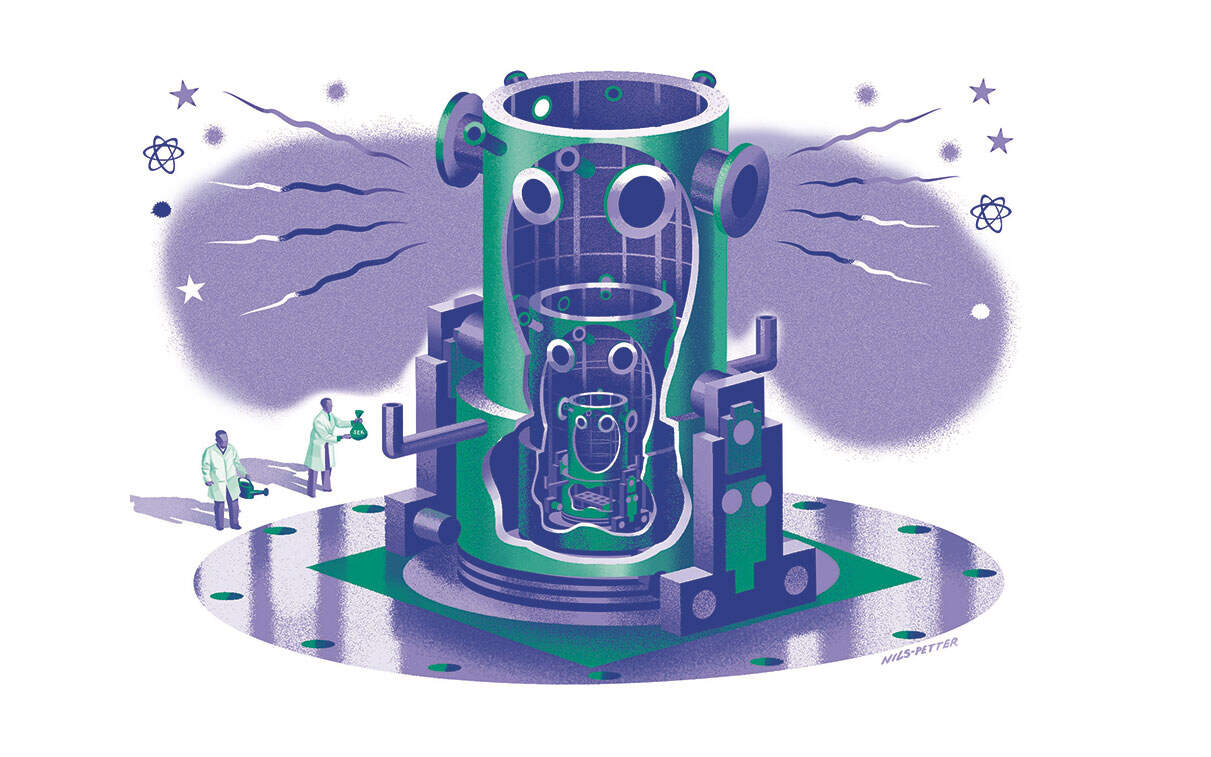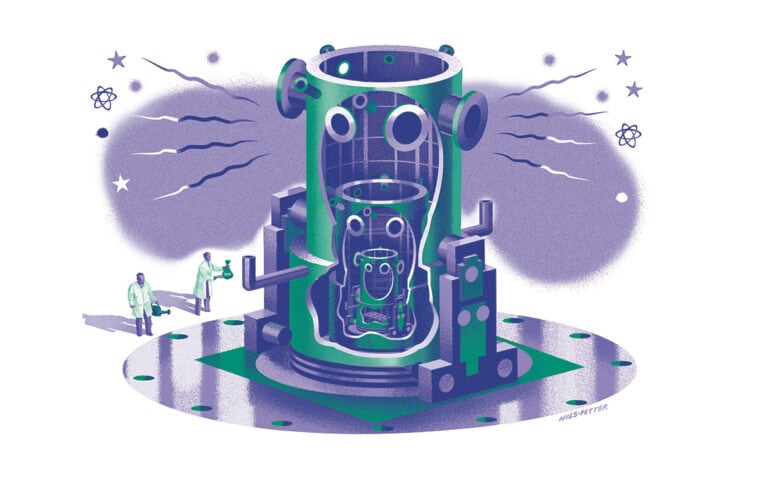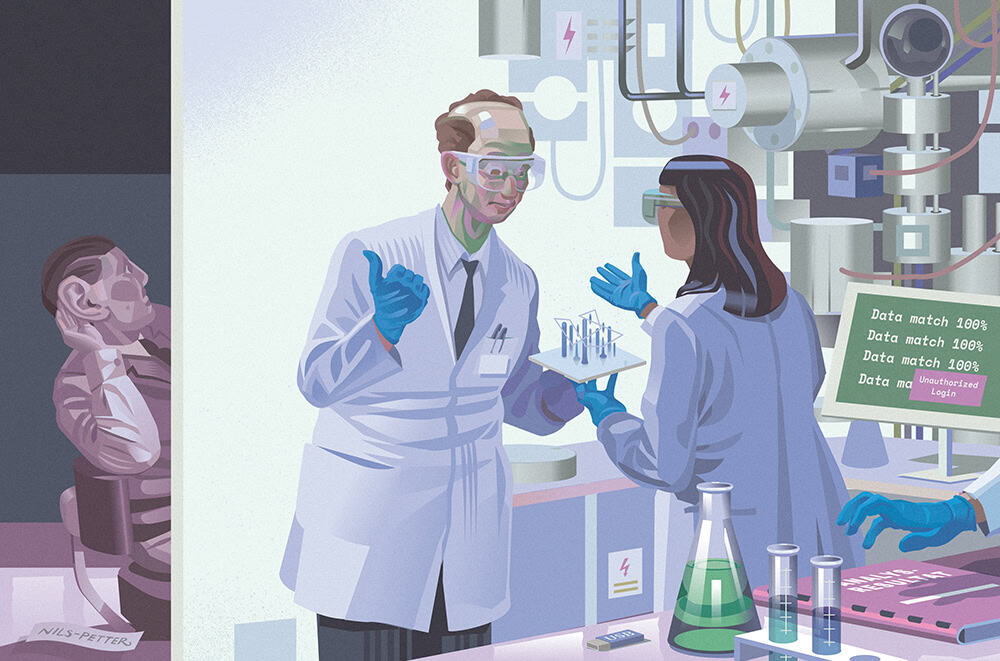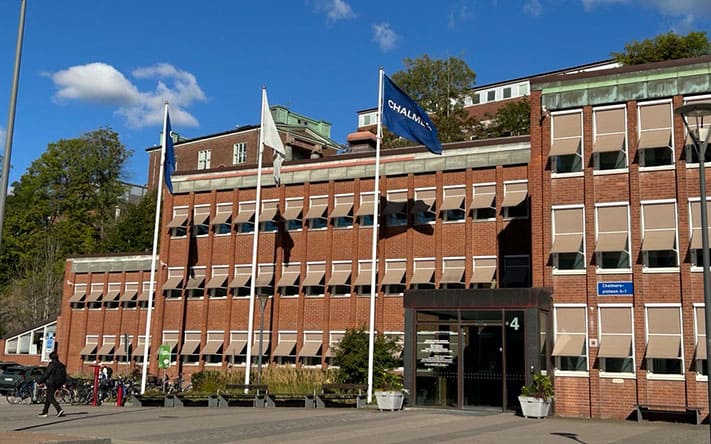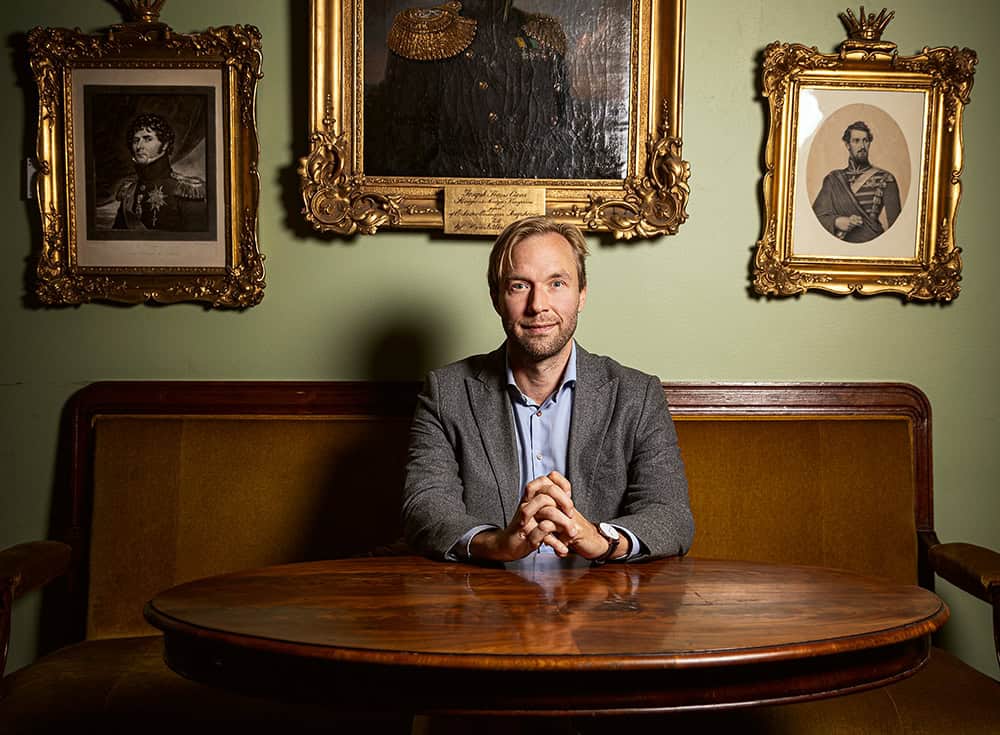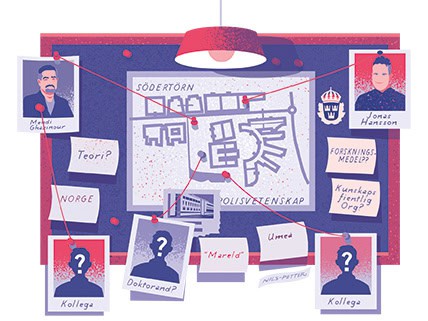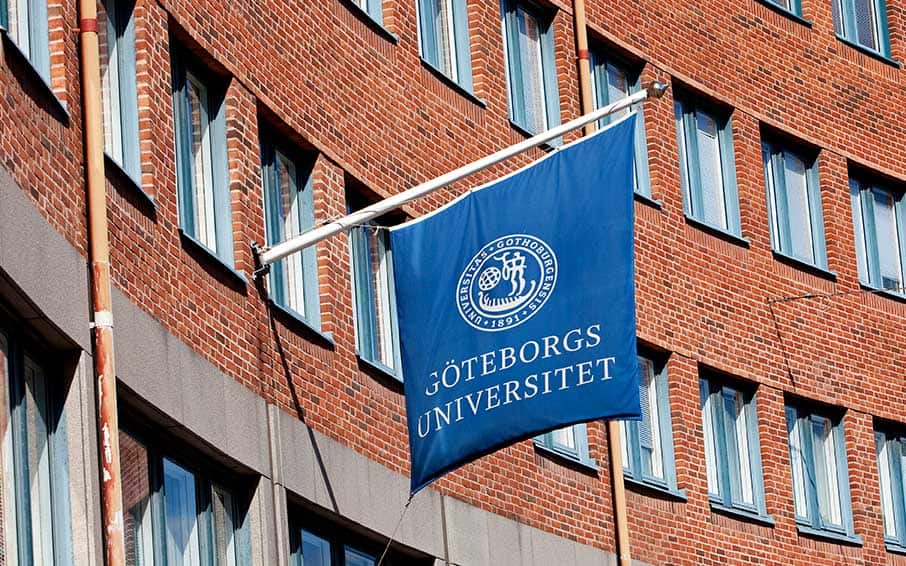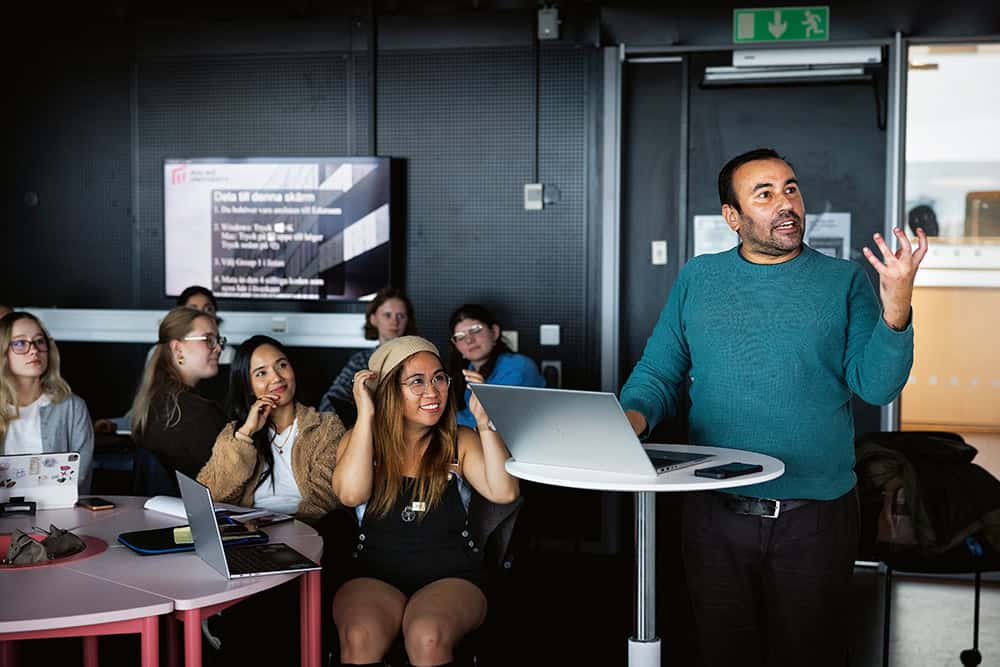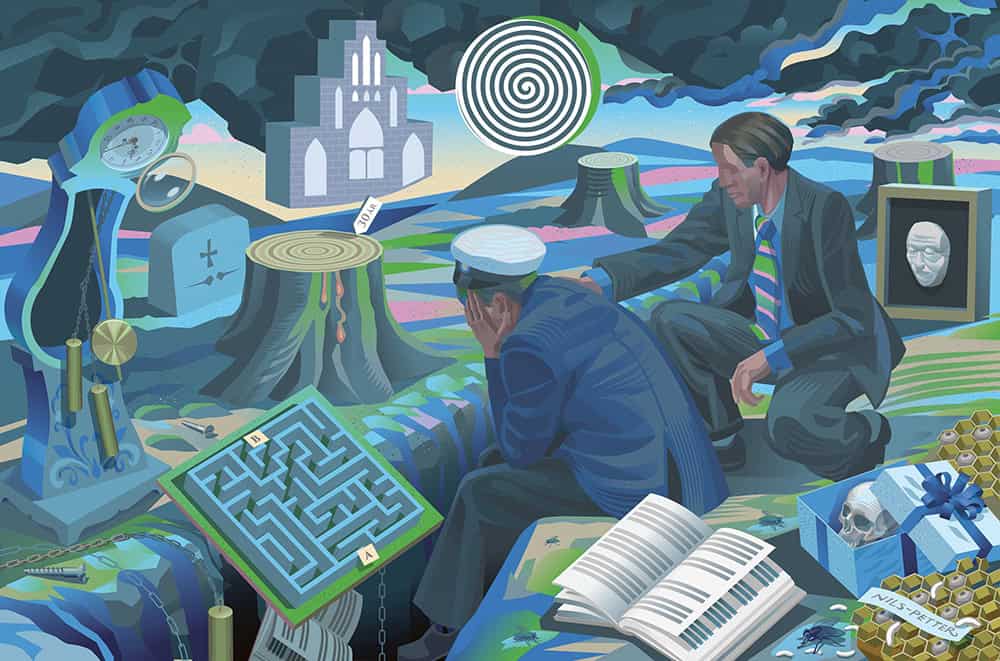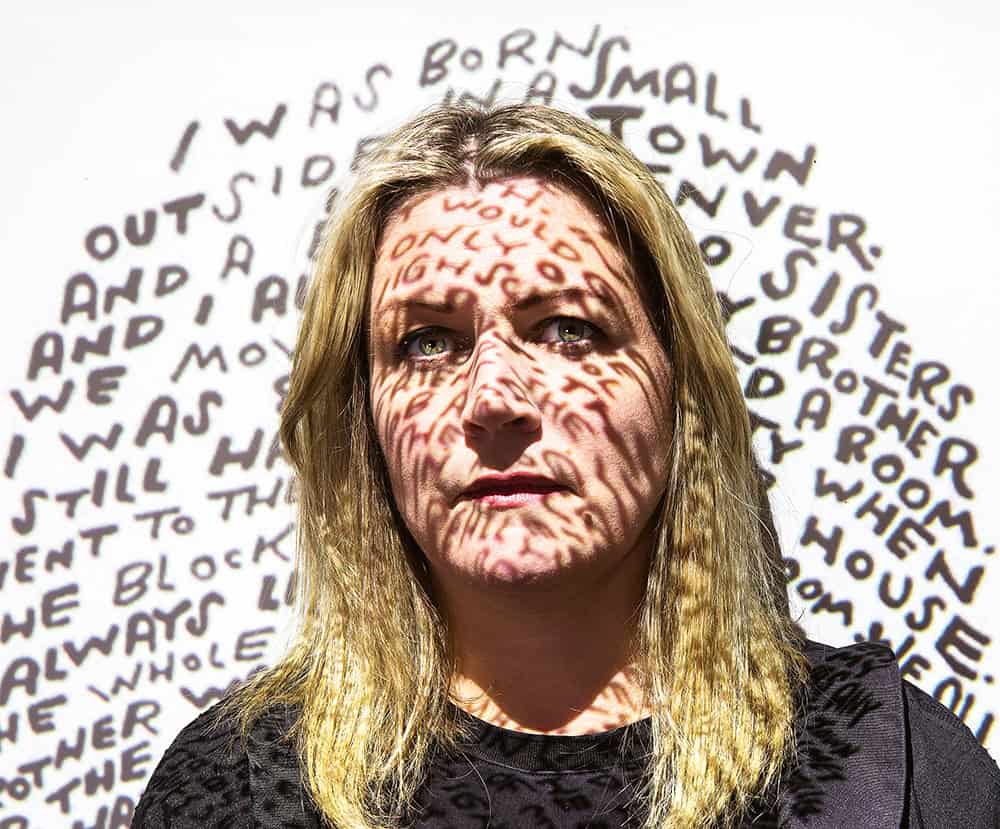The Swedish government has identified nuclear power as particularly vital for the country’s energy supply.
“By the end of 2028, the Swedish Energy Agency will have funded research in the nuclear power sector to the tune of up to SEK 600 million,” says Peter Engdahl, head of business development, research and innovation at the agency, which is one of the major financiers of nuclear power research. “This is the only field in which the government has chosen to specify an amount of money. For other fields, the Energy Research Bill expresses a number of goals and focus areas that we will address based on strategic priorities.”
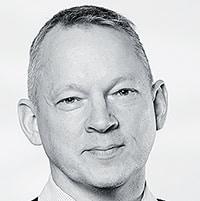
Peter Engdahl
Head of business development, research and innovation at the Swedish Energy Agency
Neither in politics nor in the research community is there a consensus that more nuclear power is the way forward. But the combination of the increased political desire for new nuclear power and the change in the energy policy goals for 2040 from renewable energy to fossil-free energy has led to a sharp increase in interest and incentives to conduct research in the field.
Nuclear research and educational programmes in nuclear technology are largely concentrated to three universities: the Royal Institute of Technology (KTH), Chalmers University of Technology and Uppsala University.
“We teach nuclear engineering to quite lot of people,” says Pär Olsson, a professor of physics specialising in nuclear materials and head of the Department of Physics. “Here at KTH, we now have over 50 students per year on the programme. Uppsala has also expanded its bachelor’s programme. And Chalmers is trying to reopen its programmes.”
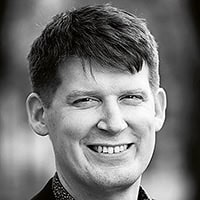
Pär Olsson
Professor of physics specialising in nuclear materials and head of the Department of Physics at KTH
KTH has Sweden’s only master’s programme in nuclear engineering.
“We have higher numbers of applicants every year. Last year, 250 people applied, and we admitted about 53 new students to the programme. The year before, we admitted 48. So there are currently about 100 students on our two-year master’s programme. We also employ a lot of PhD students. So it is very attractive and there is a lot of interest from other countries to come to Sweden and to KTH, which is what I know most about.”
So it is not difficult to find applicants.
“On the other hand, we have very few professors running the programme and the research. But we take in a lot of junior researchers, PhD students and post-doctoral researchers.”
KTH has a research division, Nuclear Science and Technology, which consists of around 65 people. About half of these are PhD students and the rest are postdocs and permanent employees, professors, senior lecturers and researchers as well as some technicians.
“A major problem is that we do not get any funding for teaching posts, just a lot of project funding,” says Olsson.
Together with Chalmers and Uppsala University, KTH has lobbied the Government Offices to establish a strategic research domain for nuclear energy technology, but has been unsuccessful.
KTH could double the size of its master’s programme, given the number of applicants.
“But then we would need more teachers. Because now we are pushing the pain threshold of what we can teach. And it is the same with doctoral programmes. We are starting to hit the ceiling for how many PhD students each faculty member can supervise.”
Olsson is optimistic about continued support for research. “As the government is now very positive and signalling actual investments in the field, we expect there to be more funds in the future too.”
He argues that it is not only Sweden that is seeing a nuclear renaissance, but almost all of Europe.
“So even if we there is a change of government at the next election, and it is very difficult to predict what a new government will look like, I do not think there will be a total stop.”
Olsson believes that the ball is now rolling. “I think most political parties have realised the need to reinforce our electricity grid and our electricity generation capacity. And if we do not start doing something now, we will have insufficient basic production in 20 years, when the existing reactors will have to be shut down because they are too old. I think most people realise that it is actually essential that we step up a gear in nuclear technology.”
Christophe Demaziere is a professor of subatomic, high energy and plasma physics at Chalmers and leads the DREAM (Deterministic Reactor Modelling) task force at Chalmers, which aims to develop future techniques for modelling nuclear reactors. He believes there are very few research fields affected so much by politics as nuclear technology.
“It is a pity that nuclear power is so polarised. It is either very much on the way up or very much on the way down. There is nothing in between. We researchers suffer as a result of these huge fluctuations, which have a huge impact on our work.”
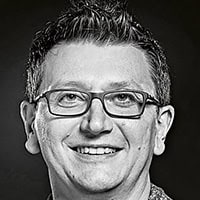
Christophe Demaziere
Professor of subatomic, high energy and plasma physics at Chalmers and leads the DREAM (Deterministic Reactor Modelling)
Now that the government wants to invest heavily in nuclear power, the research field has started to suffer from growing pains. Demaziere explains that Chalmers cannot apply for all the money available because it cannot staff the research projects with senior researchers.
“There are a lot of opportunities to apply for money for nuclear research right now, but sometimes we do not apply because we know we will not be able to deliver, as we have too few senior researchers.”
He also points out that now that many students are applying for the courses available and many people are applying for doctoral positions, there is a shortage of university teachers in nuclear engineering.
“Higher education institutions are cautious about advertising permanent positions, as they suspect that politicians in the next parliament may not want to invest as much, “ he says.
He also believes that competence supply is a key issue for the nuclear industry. “Until recently, very few students studied nuclear power. But we need to educate many new engineers in the industry due to impending retirements, life extensions of the nuclear power plants we currently have and possible construction of new plants.”
Chalmers will repackage its master’s programmes, starting in the autumn of 2027. Several master’s programmes will offer a specialisation in nuclear technology and radiation science as an option.
Uppsala University is also seeing great interest in nuclear studies, according to Sophie Grape, a senior lecturer in applied nuclear physics at Uppsala University and director of the Academic Industrial Nuclear Technology Initiative (ANitA), a competence centre that brings together industrial and academic expertise in nuclear technology.
“It has been difficult to maintain volume in these programmes for quite some time. But now there is a sharp increase. We have seen that we now have four times as many students on our undergraduate programme in nuclear technology compared with last academic year.”
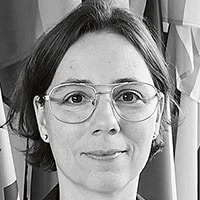
Sophie Grape
Senior lecturer in applied nuclear physics at Uppsala University and director of the Academic Industrial Nuclear Technology Initiative (ANitA)
Grape points out that it is not just the nuclear power industry that is competing for graduates.
“There are now many different industries involved in the battle for students.”
On the research side, she says that finding competent applicants for doctoral positions is a challenge.
“If we look at the Swedish competence supply, we would like to have educated people who speak Swedish and who intend to remain in Sweden in the long term. Even if we find good applicants, perhaps they plan to come here and develop their competence and then return to their home countries. And then Sweden will benefit during the time that the person in question works here, but the expertise may not stay in Sweden.”
Grape also warns that there is a shortage of senior expertise.
“If we look back, there have been research groups in many disciplines that were on the verge of being sub-critical. In many places today, the people that have led these groups are approaching retirement age. There may not be a crisis right now, but there needs to be a generation shift in the next five to ten years, with new professors taking over and managing this work.”
Another problem is the lack of infrastructure.
“Back in the day, there were research reactors in Sweden and many research facilities, but they no longer exist. Some were shut down because they were too old, while one was closed because of increased safety requirements.”
It was also felt that Sweden could dismantle equipment and infrastructure because comparable facilities existed elsewhere, for example in Norway or in another nearby country.
“But since then, those plants in other countries have also been shut down, which means that there is very little infrastructure today compared with the past,” says Grape.
She argues that the lack of infrastructure will be a challenge if Sweden wants to build up a new nuclear power programme. A research infrastructure will be needed to train and build up the necessary expertise.
“Even if we only want to buy reactors from South Korea, we need to have the expertise in Sweden to be able to procure those systems. We need to be able to understand the systems so we can maintain them for 80 years. And we need expertise so that we can understand why something goes wrong, and what causes it, and what we can do about it.”
At the top of the researchers’ wish list is a new research reactor.
“Many scientists hope and wish for a new research reactor in Sweden. But there are no concrete plans for one, so for now that is as far as it goes.”
Like other researchers Universitetsläraren has spoken to, Grape believes that the biggest problem for nuclear research is the unreliable rollercoaster nature of the funding.
“I guess volatility is the biggest challenge for investment from the industry, but it is also a major challenge for academia. We know what the situation looks like until the next election. But the landscape can change very quickly. You do not really know how long this government’s plans will last.”
She argues that an agreement between the major parties is needed to overcome the uncertainty. “If there is no decision on investment in new nuclear power and erratic shifts back and forth, the industry will not be on board. Without the support of politicians and the industry, there will be no progress in research.”
A look back in time reveals a history of abrupt changes in research policy.
“When policies change, there is a surplus of researchers and many look for other jobs. And then you lose the competence that you have built up. And then it is very difficult to shift up again and to attract back expertise when there is international competition,” says Grape.
Money is now flowing into nuclear research, but the big question is what will happen in the longer term.
Mats Leijon is a professor of electricity at Uppsala University and has enjoyed a long career in energy research. He has been head of research at ABB and holds many patents in the field of energy. He now emphasises that a long-term approach is essential for successful research.
“When Sweden became a leading nuclear power nation, it was a result of major efforts over a long time. Everyone supported building up nuclear power. Back then, we did not have the short-term thinking that we have today.”
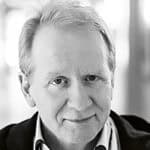
Mats Leijon
Professor of electricity at Uppsala University
Leijon says the need for a long-term approach applies to all energy research. “We need associate senior lecturers, senior lecturers and professors to teach students and PhD students who can take over later. It takes several generations of doctoral students, so you cannot put your foot down, as some politicians do, and say that in 2028 or 2035 or 2040 we will have new nuclear power plants. The risk of it not happening is enormous. The optimism factor is far too high.”
